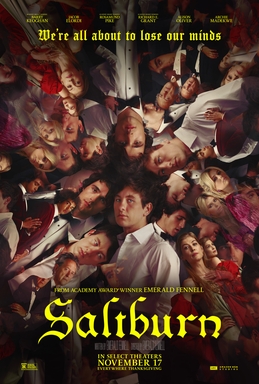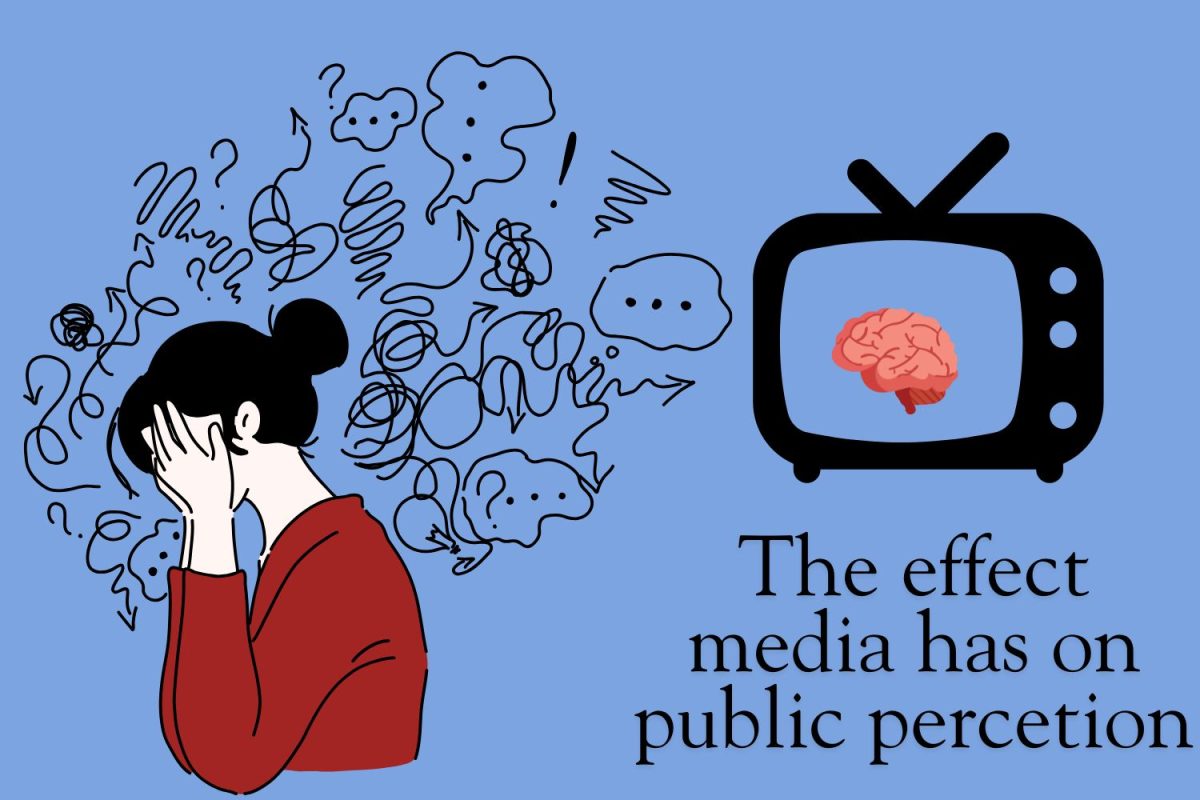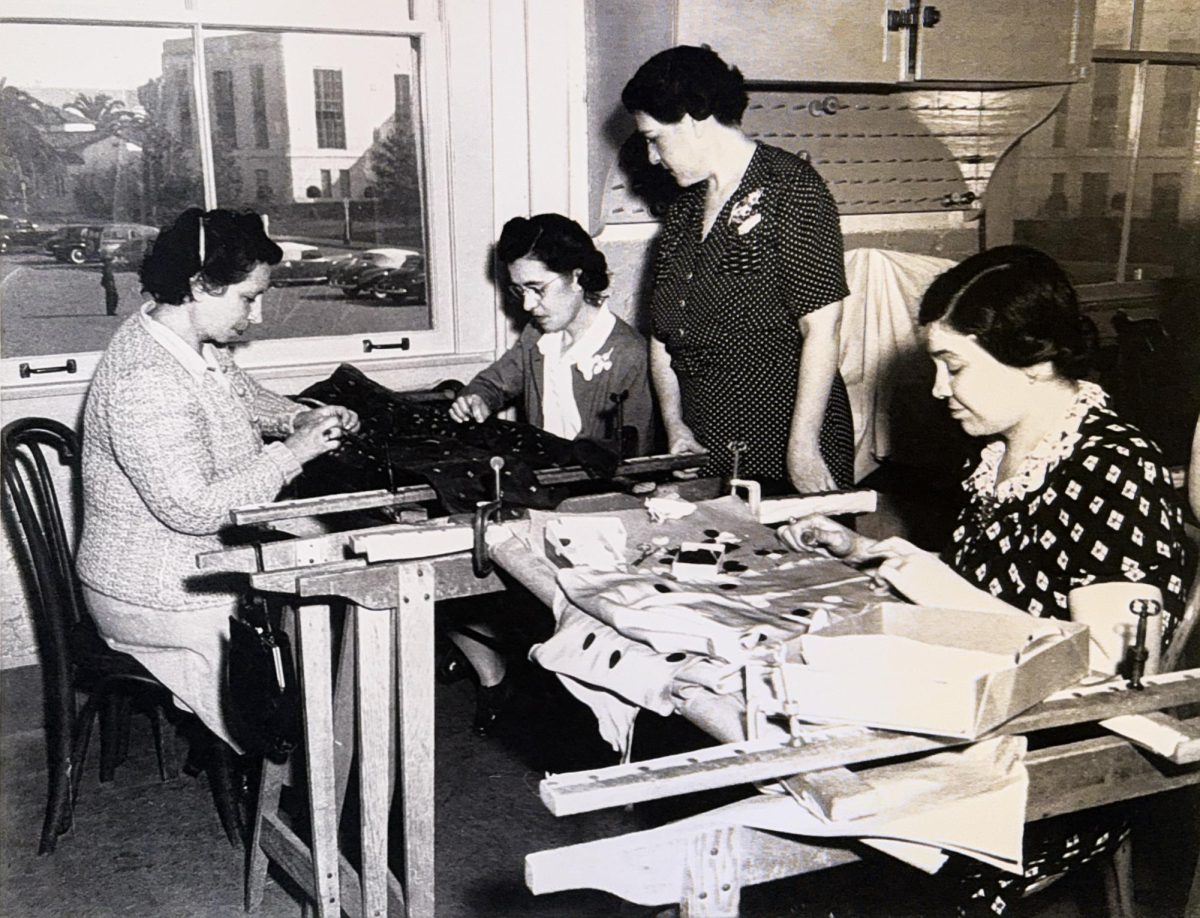
The “Saltburn” craze has been impossible to ignore, even for someone like me who makes an effort to stay off of social media. It has risen to a cultural moment rather than a movie release, but its prominence may owe more to great marketing than great writing.
“Saltburn” premiered to U.S. audiences last November in its theatrical release, followed shortly after by its streaming release in December.
Since then, the beautiful cinematography and shocking scenes have taken over social media, with any videos that reference the film gaining millions of views and sparking trends.
Earlier this year, one of my housemates bragged about having seen the movie six times as he geared up for another watch. This hype reminded me of the anticipation of Greta Gerwig’s “Barbie” last summer, so I was excited to finally see Saltburn for myself.
I had no expectations since I try to stay off of social media, but the movie held my attention from the opening scene. As I saw the plot begin to develop, I was excited for the ride that I’d be taken on over its two-hour runtime.
Around the halfway point, I started to wonder how the writers planned to make any sense of the movie that had been unfolding before me. This wonder continued until the credits began to roll.
The twist at the end left me feeling like I missed half the movie. There was so much to the characters that felt unexplored.
“I suppose Fennell has made a movie about toxic elitism, but she’s done it in the way Ikea gives you assembly instructions,” Wesley Morris wrote in his New York Times review.
Critiques about Saltburn’s cohesiveness and writing are common amongst critics, but the reception is still divided, with some critics lauding the film and the statement it intends to make.
A movie falling short of my expectations wasn’t the end of the world to me. What was surprising was the way in which it dominated social media.
The marketing of this film follows a familiar pattern that has been growing even more prevalent in recent years. Social media campaigns are no longer an afterthought and marketers prioritize inviting people to participate in the conversation about their promotion from their phones.
Natasha Degen writes about the phenomenon in a New York Times guest essay where she describes how culture is increasingly funneled through social media hype trains.
“The campaign provides an occasion for press coverage; news articles fuel social media activity; viral excitement leads to more news and more posts, snowballing into a giddy and unstoppable ‘movement,’” said Degen.
Viewing things from this angle helped me understand how people become superfans of movies like Saltburn. The fun of community and experiencing a cultural moment with a group definitely makes for a more enjoyable experience.
As culture advances and social media takes up more space in our lives, the world around us will continue to adapt. Society is experiencing a crucial turning point in the history of media and culture, and the way we adjust to these changes means everything for our future. We can only hope that the next big smash hit doesn’t require us all to participate in a ‘movement’ or risk being left behind by culture itself.








